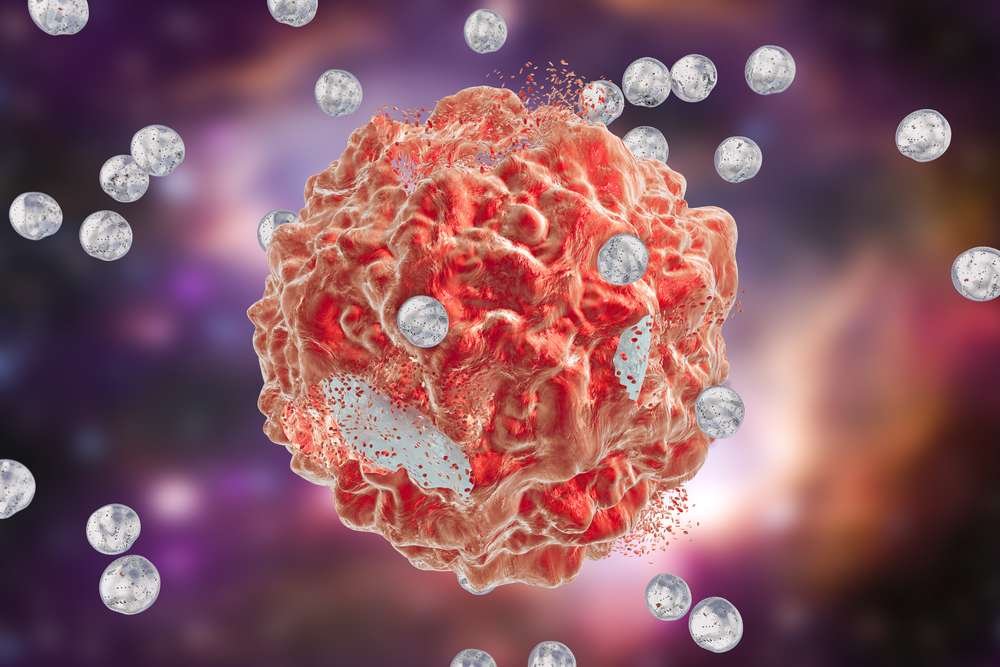Nanotechnology, the manipulation of matter at the nanoscale, represents a paradigm shift in science and engineering. This article embarks on an in-depth journey to elucidate the multifaceted nature of nanotechnology, delving into its principles, diverse applications, challenges, and future prospects.
1.Unraveling the Nanoscale Realm :-
- Defining Nanotechnology: At its core, nanotechnology involves the design, characterization, production, and application of structures, devices, and systems by controlling shape and size at the nanometer scale.
- Scale Matters: The nanoscale, typically ranging from 1 to 100 nanometers, offers unique properties due to quantum effects and increased surface area-to-volume ratios.
- Historical Perspectives: Nanotechnology traces its roots back to the seminal lecture by physicist Richard Feynman in 1959, but significant advancements occurred in the late 20th and early 21st centuries.
2.Principles Underpinning Nanotechnology :-
- Bottom-Up vs. Top-Down Approaches: Bottom-up techniques involve building nanostructures atom by atom, while top-down methods entail carving larger structures into smaller ones.
- Quantum Mechanics: Quantum phenomena dominate at the nanoscale, leading to novel behaviors such as quantum confinement, tunneling, and quantum dots.
- Self-Assembly: Mimicking natural processes, self-assembly techniques facilitate the spontaneous organization of nanoscale components into ordered structures.
3.Diverse Applications Across Disciplines :-
- Nanomedicine: Nanotechnology revolutionizes diagnostics, drug delivery, and therapy, offering targeted treatments with minimal side effects and enhanced efficacy.
- Nanoelectronics: Continued miniaturization enables the development of faster, more energy-efficient electronic devices, including transistors, memory storage, and sensors.
- Nanomaterials: Engineered nanomaterials exhibit unique mechanical, electrical, and optical properties, finding applications in coatings, composites, and catalysis.
- Environmental Remediation: Nanotechnology offers innovative solutions for water purification, air filtration, and waste treatment, addressing global environmental challenges.
- Energy Harvesting and Storage: Nanostructured materials enhance the efficiency of solar cells, fuel cells, and batteries, paving the way for sustainable energy solutions.
4.Addressing Challenges and Limitations :-
- Safety Concerns: Potential risks associated with nanomaterial exposure, including toxicity, bioaccumulation, and environmental impact, necessitate rigorous risk assessment and regulatory oversight.
- Regulatory Frameworks: Establishing guidelines for the responsible development, manufacturing, and commercialization of nanotechnology products remains a pressing challenge.
- Scalability and Manufacturing: Bridging the gap between laboratory-scale demonstrations and large-scale production poses significant technical and economic challenges.
5.Envisioning the Future of Nanotechnology :-
- Convergence with Other Technologies: Nanotechnology intersects with fields such as artificial intelligence, biotechnology, and robotics, unlocking synergistic possibilities.
- Anticipated Breakthroughs: Predictive modeling, advanced nanofabrication techniques, and interdisciplinary collaboration hold promise for transformative advancements.
- Societal Implications: Ethical considerations, equity in access to nanotechnology benefits, and public engagement are critical for shaping a sustainable and inclusive future.

Use of Nanotechnology in Human Health and How it Work :
Nanotechnology has revolutionized cancer treatment through the development of innovative nanomedicines designed to target tumors with precision, minimize side effects, and enhance therapeutic efficacy. One notable example is the use of nanoparticles for drug delivery in cancer therapy.Traditional cancer treatments, such as chemotherapy, suffer from limitations such as systemic toxicity, poor bioavailability, and drug resistance. Nanoparticles offer a promising solution by serving as carriers for anticancer drugs, enabling targeted delivery to tumor sites while sparing healthy tissues.
How it Works :-
Nanoparticles can be engineered with specific properties to navigate through the bloodstream, evade immune detection, and accumulate selectively in tumors through the enhanced permeability and retention (EPR) effect. Once at the tumor site, these nanoparticles release their payload of therapeutic agents, such as chemotherapeutic drugs or nucleic acid-based therapies, directly into cancer cells or their microenvironment.
Example :-
One prominent example of nanotechnology in cancer therapy is the development of liposomal doxorubicin formulations. Doxorubicin, a potent chemotherapy drug, is encapsulated within liposomes—tiny lipid-based nanoparticles. These liposomes protect the drug from degradation and minimize its interaction with healthy tissues during circulation.
Upon reaching the tumor site, the liposomes accumulate preferentially due to leaky blood vessels and impaired lymphatic drainage characteristic of tumors. Once inside the tumor, the liposomes release doxorubicin, which diffuses into cancer cells and disrupts their DNA replication, leading to cell death.
Benefits :-
- Targeted Delivery: Nanoparticles deliver drugs specifically to tumor cells, minimizing systemic toxicity and reducing side effects.
- Enhanced Efficacy: Concentrated drug delivery to tumor sites improves therapeutic outcomes and reduces the likelihood of drug resistance.
- Personalized Medicine: Nanoparticles can be tailored to carry various types of drugs or combination therapies, allowing for personalized treatment strategies.
Challenges and Future Directions :-
While nanomedicine holds great promise for cancer therapy, challenges remain, including optimizing nanoparticle design, improving drug loading efficiency, and overcoming biological barriers to tumor penetration. Continued research and innovation in nanotechnology are essential to overcome these challenges and realize the full potential of targeted cancer therapies. Read Other Article Click Here


[…] The advent of molecular biology in the 20th century ushered in a new era of biotechnology. Landmark discoveries, such as the structure of DNA by Watson and Crick, provided the foundation for understanding the genetic basis of life. Breakthroughs in recombinant DNA technology enabled scientists to manipulate genetic material with unprecedented precision, paving the way for revolutionary advancements in various fields. For Nanotechnology. […]